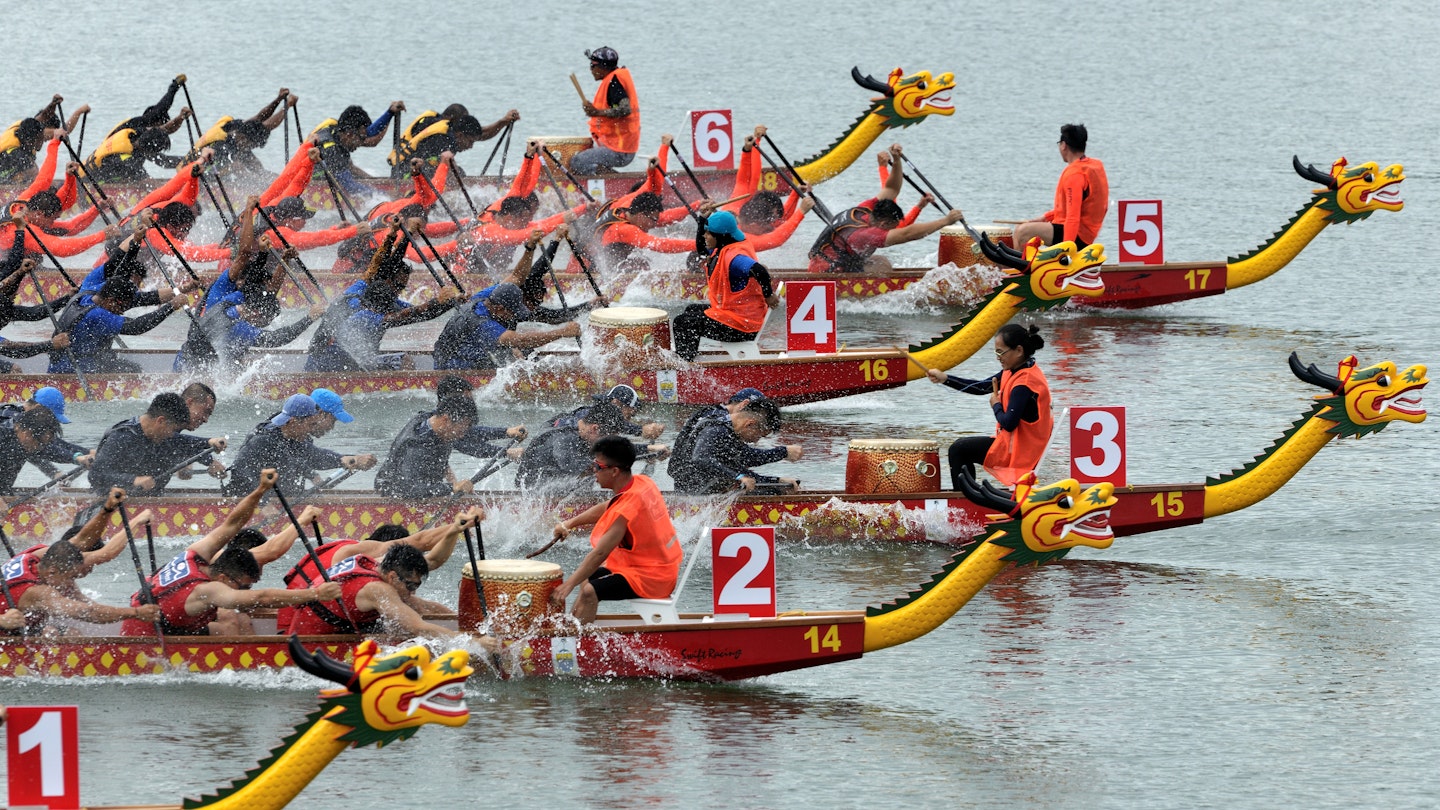There is no one best time to visit Malaysia, not least because this country is spread over two separate landmasses that have different local climates. It’s as far from Kuala Lumpur in Peninsular Malaysia to Sandakan in Malaysian Borneo as it is from New York City to Miami.
Even over smaller distances, the climate can vary depending on which coast you are standing on, or even from island to island. It’s only 122km (76 miles) from Langkawi to Penang, but the weather can be different on the same day.
Climate Overview
Broadly, Malaysia has two climatic seasons: dry and hot, and wet and hot. Don’t let the term ‘dry season’ fool you – it’s humid in Malaysia year-round and there’s always a chance of rain. The only place where it might feel cold is in upcountry areas such as the Cameron Highlands, where the temperature can veer from lows of 14°C (58°F) to highs of 24°C (76°F).
Wet Season Insights
What marks out the wet season is buckets of monsoon rain, although the bulk of the precipitation tends to arrive in the afternoon. The eastern side of the peninsula sees its heaviest rainfall during the northeast monsoon from mid-October to March, while the west coast sees more rain during the southwest monsoon from May to October. Borneo gets drenched from November to February.
Tourism Trends
Tourism never really shuts down in Malaysia, so there’s not really a low season. The busiest times of year tend to coincide with school holidays, which see large numbers of visitors (particularly families) arriving from Europe, the Gulf and neighboring Asian states.
Best Times to Visit
The December–February High Season
This time is ideal for visiting the west coast of Peninsular Malaysia. The northeast monsoon drenches the east coast of the peninsula from October to March, with the heaviest rainfall from December to February. You’ll find dryer weather on the west coast, which fronts the Andaman Sea.
The June–September High Season
The Northern Hemisphere summer months are the driest time of year in Kuala Lumpur, although ‘dry’ is a relative term in this tropical country. You should always expect humidity to be a factor, especially in Malaysia’s cities. The weather is also comparatively dry on the east coast of the peninsula and many parts of Borneo.
March–May Shoulder Season
Large areas of Malaysia get a break from the rains (and worst of the humidity) during the Northern Hemisphere spring from March to May. If you’re coming here for beaches and warm but not sweltering weather, this is a reliable window. Additionally, this is also a good time for spotting wildlife in Malaysia’s wonderful national parks.
October–November Shoulder Season
The rains really pick up on the Peninsula from October to November, although they weirdly spare the historical port of Melaka. The start of the northeast monsoon is also a good time to explore the Cameron Highlands, as the upcountry flora bursts into life thanks to all the rainfall.
Key Cultural Events Throughout the Year
January Celebrations
January is peak season in Langkawi and Penang, notable for events such as Thaipusam, a spectacular Hindu religious procession featuring piercings and ritual mortification.
February Highlights
In some years, the Chinese Lunar New Year hits in February, bringing heavy demand for transport and accommodations.
March Weather Variability
March marks the beginning of dry weather on the east coast. There are fewer crowds except during the Malaysian school holidays near the end of the month.
April Activities
April is one of the best months for beach activities and trekking, capturing Malaysia’s beautiful outdoor locales.
May Celebrations
May sees significant events such as Wesak Day for Buddhists and Hari Raya Aidilfitri for Muslims, both celebrated with local delicacies.
January to November Overview
Each month offers a unique blend of weather patterns and cultural festivities, contributing to Malaysia’s rich tapestry of experiences.
Conclusion
Malaysia is a country of incredible diversity, offering unique experiences across its regions throughout the year. Understanding the climate and key events can greatly enhance your travel experience.




